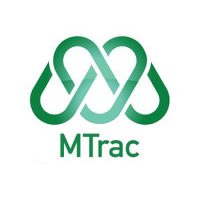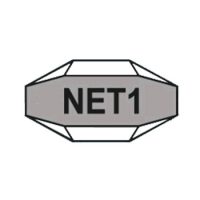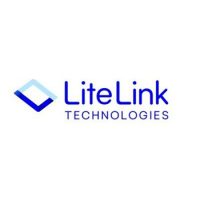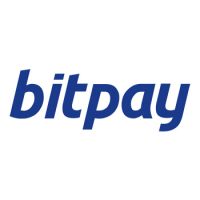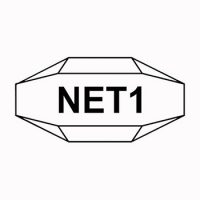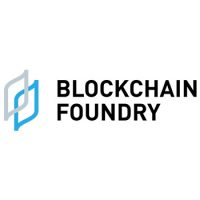Blockchain Press Releases
Collaborative Robot (Cobot) Market Size To Grow USD 1357.4 Million by 2029 at a CAGR of 8.2% | Valuates Reports
BANGALORE, India, Aug. 8, 2023 /PRNewswire/ — The Global Collaborative Robots (Cobot) Market is Segmented by Type (Below 5 kg, 5-10 kg, More Than 10 kg), by Application (Metal and Processing, Automobile, IT, Plastics and Polymers, Food and Beverage)
The Collaborative Robots Market is projected to reach USD 1357.4 Million in 2029, increasing from USD 771 Million in 2022, with a CAGR of 8.2% during the period of 2023 to 2029.
Download Free Sample: https://reports.valuates.com/request/sample/QYRE-Auto-7U395/Global_Collaborative_Robots_Market
Major Factors Driving the Growth of the Collaborative Robot (Cobot) Market:
The market for cobots is propelled by elements such as safety and teamwork, adaptability and flexibility, cost-effectiveness, labor shortages, advanced technology, Industry 4.0 efforts, safety requirements, ROI, and productivity improvements.
The adoption of collaborative robots, or cobots, by Small and Medium Enterprises (SMEs) is one factor contributing to the expansion. In order to engage with people in a shared office and automate industrial procedures, these businesses are investing more and more in cobots.
View Full Report: https://reports.valuates.com/market-reports/QYRE-Auto-7U395/global-collaborative-robots
TRENDS INFLUENCING THE GROWTH OF THE GLOBAL COLLABORATIVE ROBOTS (COBOT) MARKET
Stages of the assembly process are frequently automated in manufacturing using cobots. They might move and screw in bolts or lift and set a hefty automobile roof. Robots are more suited to assembly process steps that require a great deal of repetition than people are.
Because of their compact size, they are simple to assemble, disassemble, and transfer across the factory without affecting how the production is organized. Programming is made possible for non-engineers as well, thanks to kinesthetic leading (hand guiding). Hand directing allows the user to move the arm around in space at will by just pressing a button on the teaching pendant (the robot’s controller). This allows the user to assign the task themselves. The demonstrated path is then logged and accessible for additional programming from the teaching pendant, which is typically simple to do. This procedure could take an hour.
Collaborative robots are especially intriguing for SMEs (small-medium-sized firms) that create a wide variety of items at a low volume due to the short changeover time.
The lack of a specialized work cell, which eliminates the need for fences and light curtains, is one of the main advantages of a cobot over a six-axis robot (although this is not always the case, depending on the application). This is due to the force limitations in the robot’s joints. This indicates that each joint has a force sensor, which adds a quick response in the event of a collision and causes the robot to halt. Additionally, when a person approaches the robot, extra sensors like laser sensors can be added to slow down or stop the robot.
Although collaborative robots may be less expensive than industrial robots (mostly due to their smaller size), the cost of the investment as a whole must also be considered. The cost gap increases when all the ancillary considerations are considered. As an illustration, it is cost-effective to do without a work cell and all that entails (hardware, labor, and time). Employee training is not required, and a robotics expert is not required to supervise or maintain operations. In contrast to industrial robots, it is optional. Cobots have a shorter ROI (return on investment) period than six-axis robots, which might take up to 18 months.
A second arm, which is not present in conventional industrial robots, is a feature that a few businesses have introduced to cobots. Two arms are thought to be advantageous for sensitive operations like tightening screws or assembling small pieces (like electronic components), which can speed up the process and increase flexibility. Another use would be parallel bin picking. With two robotic arms, the task of scooping up small components from bins in haphazard positions can be completed more quickly. The difficulty of synchronizing the two arms to work together is one of the reasons why two-armed cobots are still not very common.
Buy Chapters: https://reports.valuates.com/request/chaptercost/QYRE-Auto-7U395/Global_Collaborative_Robots_Market
COLLABORATIVE ROBOT (COBOT) MARKET SHARE
With a share of the market of roughly 54%, Asia-Pacific is the biggest region. With a market share of around 29%, Europe is a laggard.
The major players include Kawasaki, KUKA, FANUC, Rethink Robotics, ABB, Universal Robots, and others. The top 3 corporations had around 74% of the market.
Get Regional Report: https://reports.valuates.com/request/regional/QYRE-Auto-7U395/Global_Collaborative_Robots_Market
Key Players:
- Universal Robots
- ABB
- Rethink Robotics
- Kawasaki
- KUKA
- FANUC
Buy Now for Single User + Covid-19 Impact : https://reports.valuates.com/api/directpaytoken?rcode=QYRE-Auto-7U395&lic=single-user
SUBSCRIPTION
We have introduced a tailor-made subscription for our customers. Please leave a note in the Comment Section to know about our subscription plans.
SIMILAR REPORTS
– Programmable Robots market is projected to grow from USD 1957.7 million in 2023 to USD 3193.9 million by 2029, at a Compound Annual Growth Rate (CAGR) of 8.5% during the forecast period.
– Industrial Robot Controller Market
– Parts Washer for Robotic Work Cell Market
– Robot Track Motion Systems Market
– High-Speed Delta Robot Market
– Shelf-mounted Robots market was valued at USD 6574.8 million in 2022 and is anticipated to reach USD 11030 million by 2029, witnessing a CAGR of 7.5% during the forecast period 2023-2029.
– Robotic Rehabilitation and Assistive Technologies market is projected to grow from USD 1021.7 million in 2023 to USD 1568 million by 2029, at a Compound Annual Growth Rate (CAGR) of 7.4% during the forecast period.
– Intelligent Surgical Robot Market
– Autonomous Mobile Robots (AMR) market was valued at USD 1494.5 million in 2022 and is anticipated to reach USD 7938.4 million by 2029, witnessing a CAGR of 25.9% during the forecast period 2023-2029.
– Building Delivery Robot Market
– Industrial Cobot market was valued at USD 771 million in 2022 and is anticipated to reach USD 1661.4 million by 2029, witnessing a CAGR of 11.5% during the forecast period 2023-2029.
– Hazardous Environment Waste Handling Robots Market
– Gamma Ray-based Robot Market
– Patient Monitoring and Assistance Robots Market
– Foundry and Forging Robots Market
– Food Robotics market size was USD 441.8 million and it is expected to reach USD 812.8 million by the end of 2027, with a CAGR of 9.1% during 2021-2027.
– Agricultural Robots market size is estimated to be worth USD 5820.3 million in 2022 and is forecast to a readjusted size of USD 16120 million by 2028 with a CAGR of 18.5% during the review period.
– Delivery Robot market size is estimated to be worth USD 20 million in 2022 and is forecast to a readjusted size of USD 50 million by 2028 with a CAGR of 16.5% during the review period.
– The global automotive robotics market size was valued at USD 6.63 Billion in 2019, and is projected to reach USD 13.60 Billion by 2027, registering a CAGR of 12.8% from 2020 to 2027.
– The global robotics market size was valued at USD 12,153.1 million in 2020, and is expected to reach USD 149,866.4 million by 2030, with a CAGR of 27.7% from 2021 to 2030.
– Robotic Process Automation (RPA) Market estimated at USD 426.7 million in the year 2022, is projected to reach a revised size of USD 2404.5 million by 2028, growing at a CAGR of 33.4% during the forecast period 2022-2028.
– The global service robotics market size was valued at USD 21,684.5 Million in 2020 and is projected to reach USD 153,684.5 Million by 2030, registering a CAGR of 21.2% from 2021 to 2030.
– Industrial Robotics market size is estimated to be worth USD 41270 million in 2022 and is forecast to a readjusted size of USD 63340 million by 2028 with a CAGR of 7.4% during the review period.
– Warehouse Robotics market size is estimated to be worth USD 3027.3 million in 2022 and is forecast to a readjusted size of USD 4823.9 million by 2029 with a CAGR of 6.8% during the forecast period 2023-2029.
Click here to see related reports on Cobot Market
ABOUT US:
Valuates offers in-depth market insights into various industries. Our extensive report repository is constantly updated to meet your changing industry analysis needs.
Our team of market analysts can help you select the best report covering your industry. We understand your niche region-specific requirements and that’s why we offer customization of reports. With our customization in place, you can request for any particular information from a report that meets your market analysis needs.
To achieve a consistent view of the market, data is gathered from various primary and secondary sources, at each step, data triangulation methodologies are applied to reduce deviance and find a consistent view of the market. Each sample we share contains a detailed research methodology employed to generate the report. Please also reach our sales team to get the complete list of our data sources.
CONTACT US:
Valuates Reports
[email protected]
For U.S. Toll-Free Call 1-(315)-215-3225
For IST Call +91-8040957137
WhatsApp: +91-9945648335
Website: https://reports.valuates.com
https://reports.valuates.com/sitemap/html/reports/915
https://reports.valuates.com/sitemap/html/reports/916
https://reports.valuates.com/sitemap/html/reports/917
Logo: https://mma.prnewswire.com/media/1082232/Valuates_Reports_Logo.jpg
![]() View original content:https://www.prnewswire.co.uk/news-releases/collaborative-robot-cobot-market-size-to-grow-usd-1357-4-million-by-2029-at-a-cagr-of-8-2–valuates-reports-301895848.html
View original content:https://www.prnewswire.co.uk/news-releases/collaborative-robot-cobot-market-size-to-grow-usd-1357-4-million-by-2029-at-a-cagr-of-8-2–valuates-reports-301895848.html

Blockchain
Ethereum ETFs Aren’t Blockchain But Is A Revolutionary Tech: Top 6 Amazing Reasons To Invest In Them
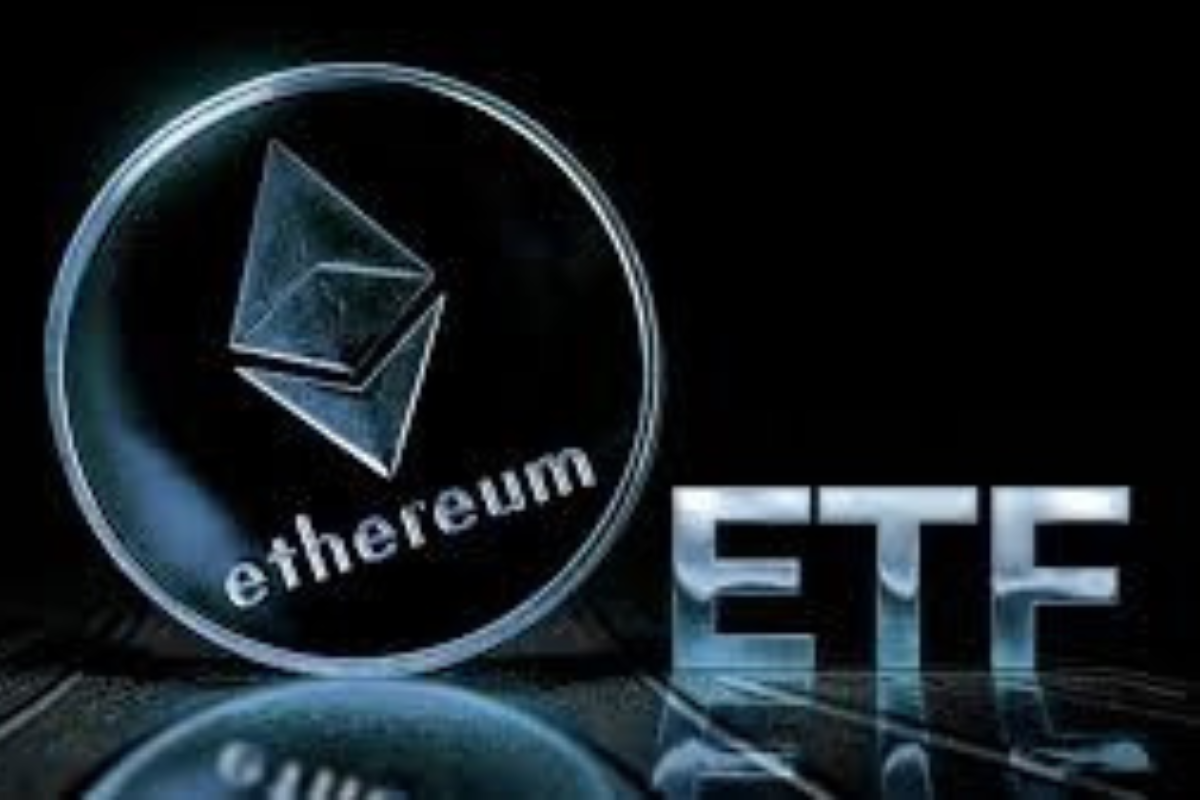
The financial landscape is rapidly evolving, with the integration of blockchain technology and cryptocurrencies becoming more prominent. Among these, Ethereum ETFs (Exchange-Traded Funds) have emerged as a significant investment vehicle, offering exposure to the Ethereum blockchain’s native cryptocurrency, Ether (ETH), without requiring direct ownership. However, it’s crucial to understand that Ethereum ETFs are distinct from the blockchain itself and serve different purposes in the investment world.
Understanding Ethereum and ETFs
Ethereum: A decentralized platform that enables the creation and execution of smart contracts and decentralized applications (dApps). It operates using its cryptocurrency, Ether (ETH), which fuels the network.
ETF (Exchange-Traded Fund): A type of investment fund that holds a collection of assets and is traded on stock exchanges. ETFs can include various asset classes, such as stocks, commodities, or bonds.
Ethereum ETFs: The Intersection of Traditional Finance and Cryptocurrency
An Ethereum ETF provides a way for investors to gain exposure to the price movements of Ether without directly purchasing the cryptocurrency. This is achieved through an ETF structure, where the fund holds assets linked to the value of Ether, and investors can buy shares of the ETF on traditional stock exchanges.
Key Features of Ethereum ETFs:
- Indirect Exposure: Investors gain exposure to Ether’s price changes without needing to manage or store the cryptocurrency themselves.
- Regulatory Compliance: Unlike the relatively unregulated cryptocurrency market, ETFs operate under the oversight of financial regulators, offering a layer of investor protection.
- Accessibility: Ethereum ETFs are available through traditional brokerage platforms, making them accessible to a broader range of investors.
Why Invest in an Ethereum ETF?
- Diversification: Including an Ethereum ETF in a portfolio can provide exposure to the cryptocurrency market, potentially enhancing diversification beyond traditional assets.
- Convenience and Familiarity: ETFs are a familiar investment product, simplifying the process of investing in cryptocurrencies.
- Professional Management: ETF managers handle the investment decisions, including the buying and selling of assets, which can be advantageous for those less familiar with the cryptocurrency space.
- Regulatory Oversight: ETFs are subject to regulatory scrutiny, potentially offering more safety and transparency compared to direct cryptocurrency investments.
- Potential for Growth: As the cryptocurrency market grows, ETFs linked to assets like Ether may benefit from rising prices.
Key Differences Between Ethereum and Ethereum ETFs
While both are related to the Ethereum blockchain, Ethereum itself and Ethereum ETFs represent different forms of investment:
- Ethereum (ETH):
- Direct ownership of the cryptocurrency.
- Full exposure to Ethereum’s features, including staking and network participation.
- Traded on cryptocurrency exchanges.
- Highly volatile and largely unregulated.
- Ethereum ETF:
- Indirect exposure through shares representing Ether’s value.
- Traded on traditional stock exchanges under regulatory oversight.
- Offers a more stable and familiar investment structure.
- Typically lower volatility compared to direct cryptocurrency ownership.
Future Considerations for Ethereum ETFs
The approval and launch of Ethereum ETFs mark a significant milestone in bringing cryptocurrencies closer to mainstream finance. They offer a convenient and regulated means for investors to gain exposure to the growing digital assets market. However, they also come with limitations, such as not allowing direct participation in the Ethereum ecosystem’s innovations, like dApps and smart contracts.
As the market evolves, we may see more sophisticated financial products that better capture the full potential of the Ethereum ecosystem. For now, Ethereum ETFs provide a balanced option for those interested in cryptocurrency exposure within the framework of traditional finance.
In conclusion, while Ethereum ETFs offer a gateway into the world of digital assets, they should be viewed as complementary to, rather than a replacement for, direct investment in the underlying blockchain technologies. Investors should carefully consider their investment goals, risk tolerance, and the unique attributes of both Ethereum and Ethereum ETFs when making investment decisions.
Source: blockchainmagazine.net
The post Ethereum ETFs Aren’t Blockchain But Is A Revolutionary Tech: Top 6 Amazing Reasons To Invest In Them appeared first on HIPTHER Alerts.
Blockchain
Nexo Reaffirms Commitment to Data Protection with SOC 3 and SOC 2 Compliance
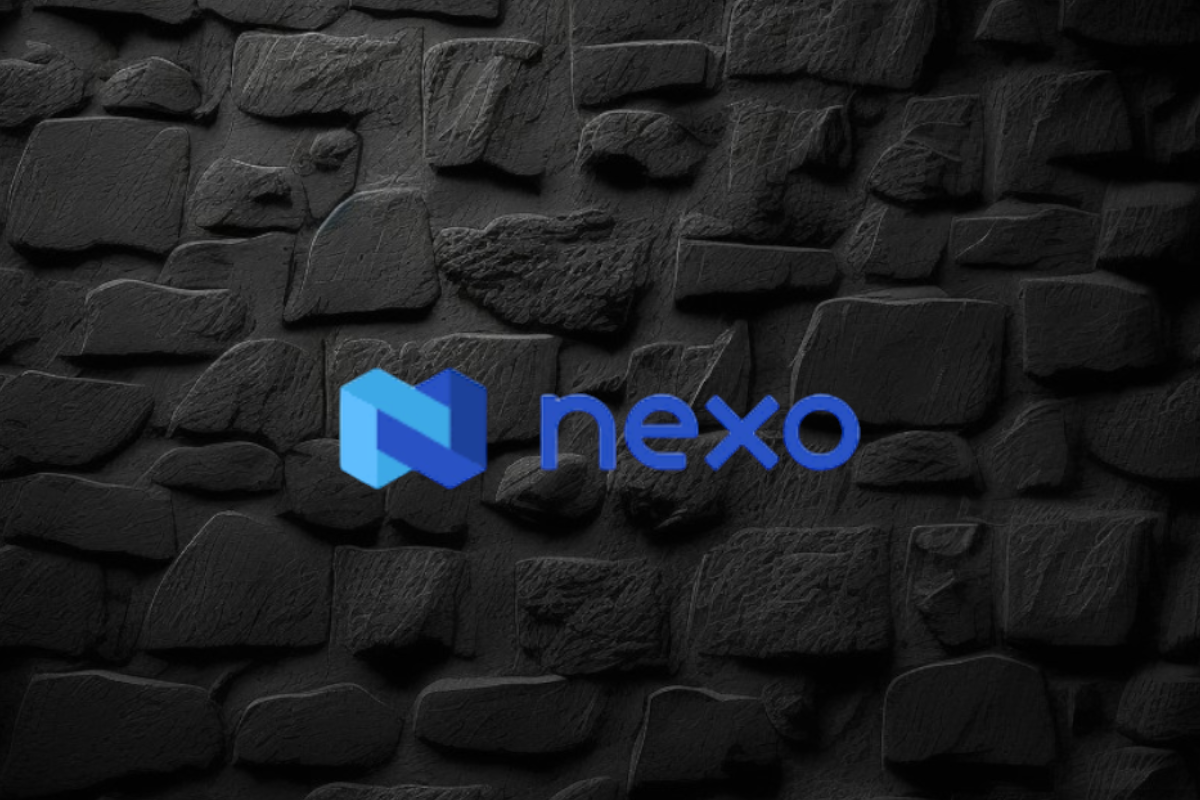
Nexo, a leading institution in the digital assets industry, has reinforced its commitment to data security by renewing its SOC 2 Type 2 audit and attaining a new SOC 3 Type 2 assessment without any exceptions. This rigorous audit process, conducted by A-LIGN, a respected independent auditor specializing in security compliance, confirms Nexo’s adherence to stringent Trust Service Criteria for Security and Confidentiality.
Key Achievements and Certifications
- SOC 2 and SOC 3 Compliance:
- SOC 2 Type 2: This audit evaluates and reports on the effectiveness of an organization’s controls over data security, particularly focusing on the confidentiality, integrity, and availability of systems and data.
- SOC 3 Type 2: This public-facing report provides a summary of SOC 2 findings, offering assurance to customers and stakeholders about the robustness of Nexo’s data security practices.
- Additional Trust Service Criteria:
- Nexo expanded the scope of these audits to include Confidentiality, showcasing a deep commitment to protecting user data.
- Security Certifications:
- The company also adheres to the CCSS Level 3 Cryptocurrency Security Standard, and holds ISO 27001, ISO 27017, and ISO 27018 certifications, awarded by RINA. These certifications are benchmarks for security management and data privacy.
- CSA STAR Level 1 Certification:
- This certification demonstrates Nexo’s adherence to best practices in cloud security, further solidifying its position as a trusted partner in the digital assets sector.
Impact on Customers and Industry Standards
Nexo’s rigorous approach to data protection and compliance sets a high standard in the digital assets industry. By achieving these certifications, Nexo provides its over 7 million users across more than 200 jurisdictions with confidence in the security of their data. These achievements not only emphasize the company’s dedication to maintaining top-tier security standards but also highlight its proactive stance in fostering trust and transparency in digital asset management.
Nexo’s Broader Mission
As a premier institution for digital assets, Nexo offers a comprehensive suite of services, including advanced trading solutions, liquidity aggregation, and tax-efficient credit lines backed by digital assets. Since its inception, the company has processed over $130 billion, showcasing its significant impact and reliability in the global market.
In summary, Nexo’s successful completion of SOC 2 and SOC 3 audits, along with its comprehensive suite of certifications, underscores its commitment to the highest standards of data security and operational integrity. This dedication positions Nexo as a leader in the digital assets space, offering unparalleled security and peace of mind to its users.
Source: blockchainreporter.net
The post Nexo Reaffirms Commitment to Data Protection with SOC 3 and SOC 2 Compliance appeared first on HIPTHER Alerts.
Blockchain
Marshall Becomes First US Senator to Walk from Controversial Crypto Bill He Co-Sponsored

Republican Senator Roger Marshall has withdrawn his support for the Digital Asset Anti-Money Laundering Act of 2023, a controversial bill he initially co-sponsored with Senator Elizabeth Warren and others. This bill, reintroduced in the Senate on July 27, 2023, aimed to bring the cryptocurrency industry into alignment with existing anti-money laundering (AML) and counter-terrorism financing (CTF) laws.
Key Provisions of the Bill
The legislation proposed stringent regulations on digital asset providers, including unhosted wallet providers, miners, and validators, by classifying them as financial institutions under the Bank Secrecy Act (BSA). It mandated these entities to adhere to BSA compliance requirements, which include extensive reporting and monitoring responsibilities. Additionally, the bill called for the Financial Crimes Enforcement Network (FinCEN) to establish regulations for reporting significant foreign digital asset holdings and to create compliance measures to address risks associated with anonymity-enhancing technologies.
Senator Marshall’s Shift
Marshall’s withdrawal from the bill comes as a surprise, particularly given his earlier criticisms of cryptocurrencies, which he has described as a “threat to national security.” This includes concerns over stablecoins like Tether potentially facilitating illegal activities and circumventing U.S. sanctions. Despite his earlier stance, Marshall’s departure from the legislation suggests a reconsideration of the bill’s implications or an alignment with broader political and industry perspectives on cryptocurrency regulation. His office has not provided a comment on the reasons for his withdrawal.
Political and Industry Reactions
The bill had garnered significant bipartisan support, with 18 co-sponsors, reflecting a broader concern in Congress over regulating the rapidly growing cryptocurrency market. However, it has also faced criticism for potentially imposing impractical compliance burdens that could stifle innovation and push crypto activities offshore. Critics argue that the bill’s stringent requirements could inadvertently drive users toward unregulated platforms, thereby undermining its intent to enhance security and regulatory oversight.
Broader Context
The withdrawal comes at a time when cryptocurrency regulation is a highly contentious issue in U.S. politics. Former President Donald Trump has promised to relax crypto regulations if elected, contrasting with the current administration’s more stringent stance. Under President Joe Biden, the Securities and Exchange Commission (SEC) and other regulatory bodies, led by figures like Gary Gensler, have taken a more rigorous approach to regulating the sector, which has drawn criticism for being overly restrictive.
Senator Marshall’s decision to step back from the Digital Asset Anti-Money Laundering Act reflects the complex and evolving nature of cryptocurrency regulation in the U.S. While the bill seeks to bring greater oversight and security to the crypto industry, it also raises concerns about regulatory overreach and its potential negative impact on innovation and privacy. As the debate continues, the U.S. legislative and regulatory landscape for cryptocurrencies remains in flux, balancing the need for security with the desire to foster technological innovation.
Source: decrypt.co
The post Marshall Becomes First US Senator to Walk from Controversial Crypto Bill He Co-Sponsored appeared first on HIPTHER Alerts.
-

 Blockchain4 days ago
Blockchain4 days agoBinance Cleared to Invest Customer Assets in US Treasury Bills: What It Means for Crypto and Dollar Dominance
-

 Blockchain4 days ago
Blockchain4 days agoDeep Custodian Limited Obtains Hong Kong TCSP License, Authorized to Provide Compliant Crypto Asset Custody Services
-

 Blockchain Press Releases2 days ago
Blockchain Press Releases2 days agoBybit Web3 Livestream Explores Cultural Meme Coins and Other Trends
-

 Blockchain3 days ago
Blockchain3 days agoBlockchain Intelligence Group adds additional modules and launches its Certified Cryptocurrency Investigator – Advanced Series
-

 Blockchain Press Releases2 days ago
Blockchain Press Releases2 days agoBybit Surges to Second Place in Derivatives Market, Solidifying Position as Global Crypto Trading Leader
-

 Blockchain3 days ago
Blockchain3 days agoBitAngels Network Hosts Blockchain Pitch Competition in Nashville
-

 Blockchain4 days ago
Blockchain4 days agoCoinW Continues Expedition Trek And Double Down On Presence At ETH-Native Events
-

 Blockchain2 days ago
Blockchain2 days agoKevin O ‘Leary Addresses Crypto Investing, Ethereum ETFs, and SEC Chair in Recent Interview







